Motilla del Azuer is a historical and archaeological site located in the province of Ciudad Real, Spain. It is a Bronze Age fortress that dates back to around 2200-1500 BC, making it one of the oldest fortifications in Western Europe. This site is of great importance due to its unique structure and the valuable insights it provides into the life and culture of the people who lived during the Bronze Age.
Get your dose of History via Email
What is the historical significance of Motilla del Azuer?
Motilla del Azuer holds immense historical significance as it is one of the earliest known fortifications in Western Europe. The fortress was built during the Bronze Age, a period marked by the development of metallurgy and the construction of fortified settlements. The site provides a glimpse into the societal structure, defensive strategies, and living conditions of the people from this era.
The fortification’s unique design, with a central tower surrounded by a complex system of walls and moats, is indicative of advanced architectural and engineering skills. The presence of a well within the fortress suggests the strategic importance of water resources and the lengths the inhabitants went to secure them.
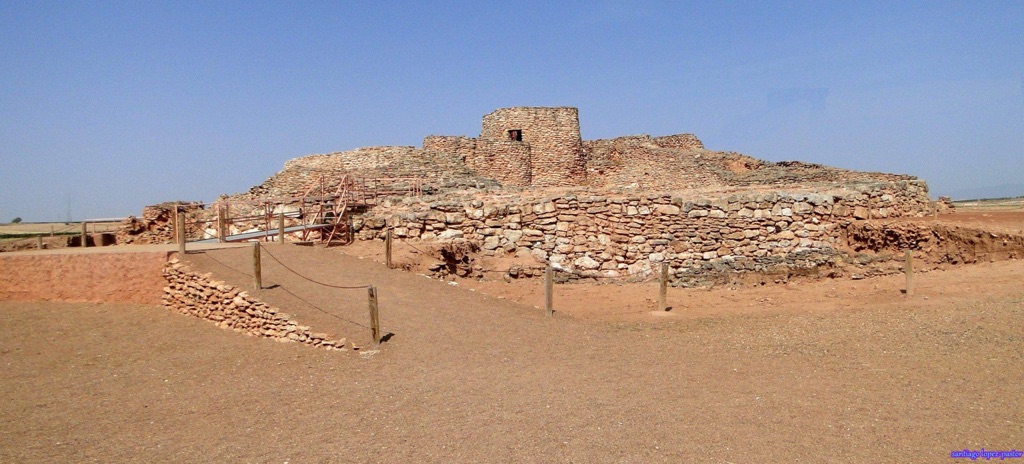
Motilla del Azuer also provides evidence of the socio-economic dynamics of the Bronze Age society. The site’s location, in a region with scarce water resources, suggests that control over water was a significant factor in the power dynamics of the time. The fortress likely served as a stronghold for a powerful group, demonstrating the existence of social hierarchies.
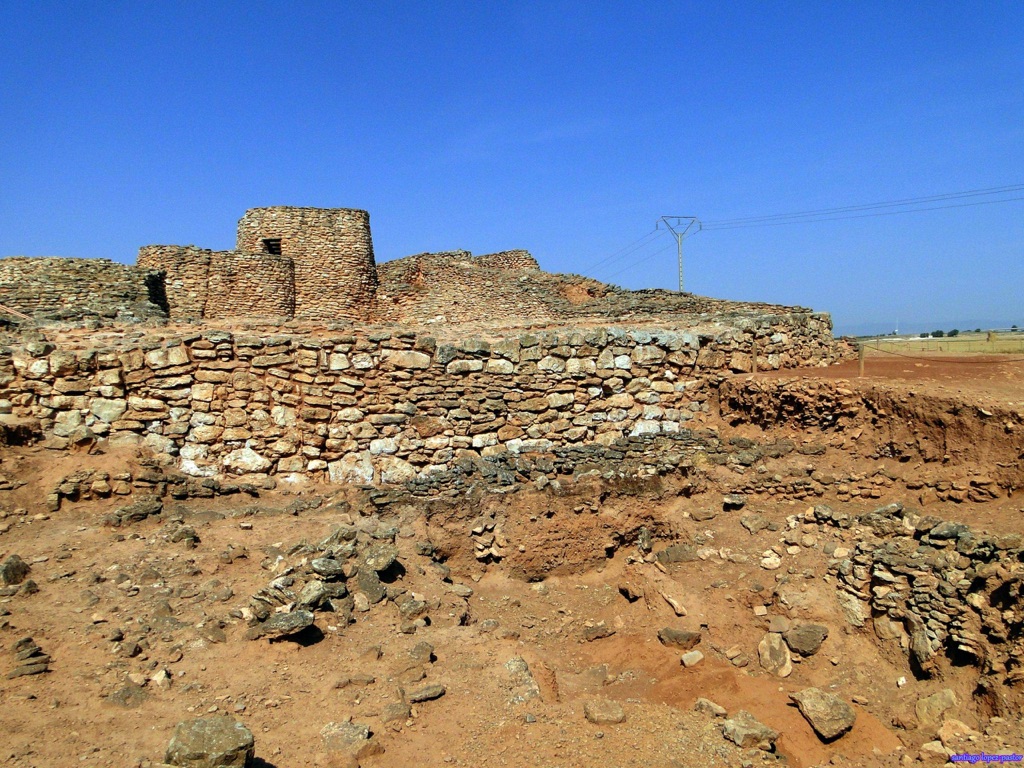
What is the archaeological importance of Motilla del Azuer?
From an archaeological perspective, Motilla del Azuer is a treasure trove of information. The site has yielded a wealth of artifacts, including pottery, tools, and weapons, which provide insights into the daily life, skills, and technologies of the Bronze Age people.
The fortification’s unique architecture, with its central tower, defensive walls, and moats, is a significant subject of study for archaeologists. It provides valuable information about the defensive strategies and architectural techniques of the time.
Moreover, the presence of a well within the fortress is of great archaeological interest. It is one of the oldest known wells in the Iberian Peninsula and its construction demonstrates the advanced engineering skills of the Bronze Age people.
The site also offers opportunities for studying the environmental conditions and agricultural practices of the time. The analysis of pollen and other plant remains found at the site can provide information about the crops grown and the climate conditions.
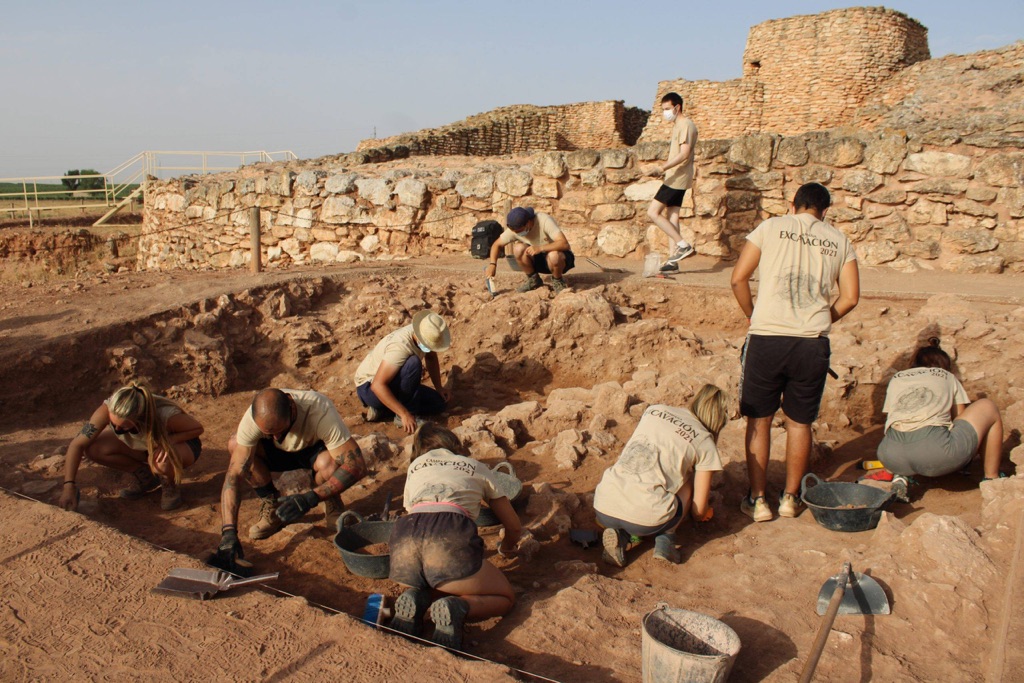
Conclusion and Sources
In conclusion, Motilla del Azuer is a significant historical and archaeological site that provides valuable insights into the Bronze Age society, their architectural and engineering skills, socio-economic dynamics, and environmental conditions. Its unique structure and the artifacts found at the site make it a vital resource for understanding the history and culture of the Iberian Peninsula.
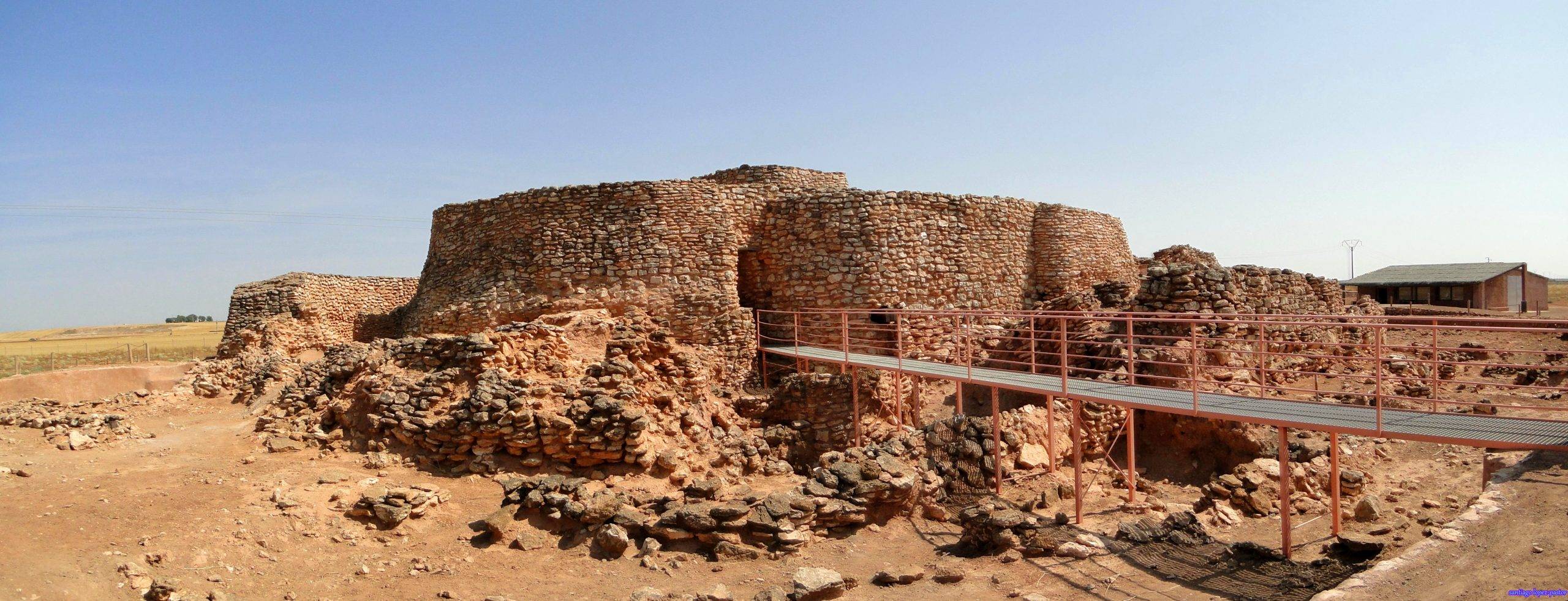
For further reading and to verify the information provided, the following sources are recommended:

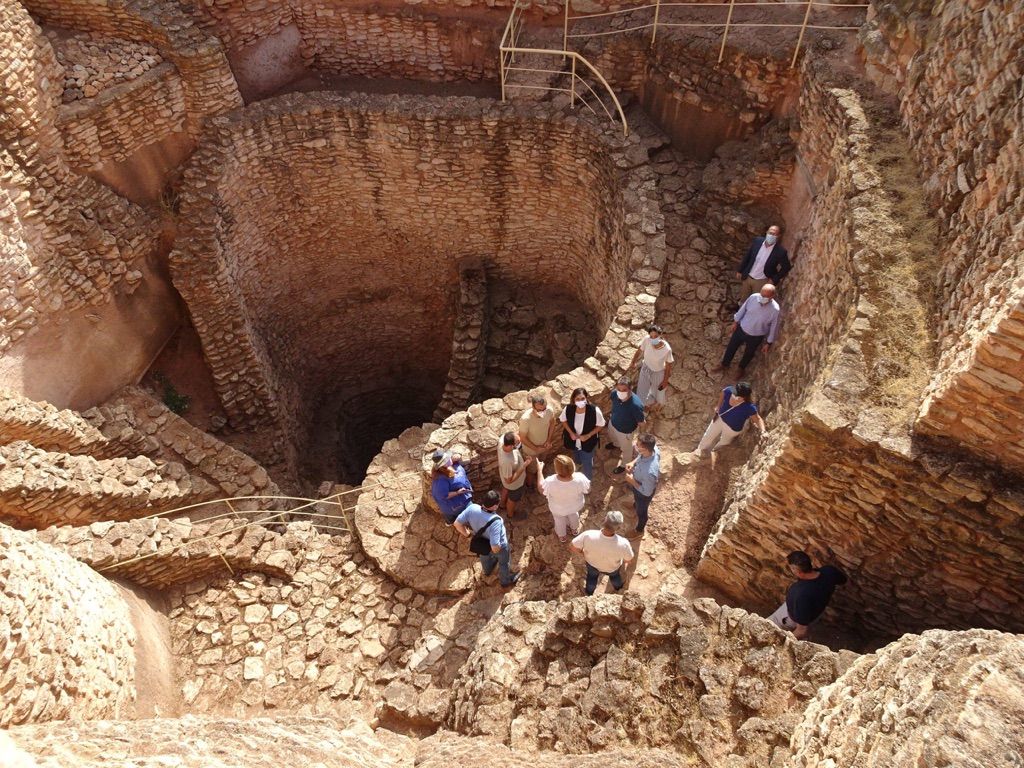
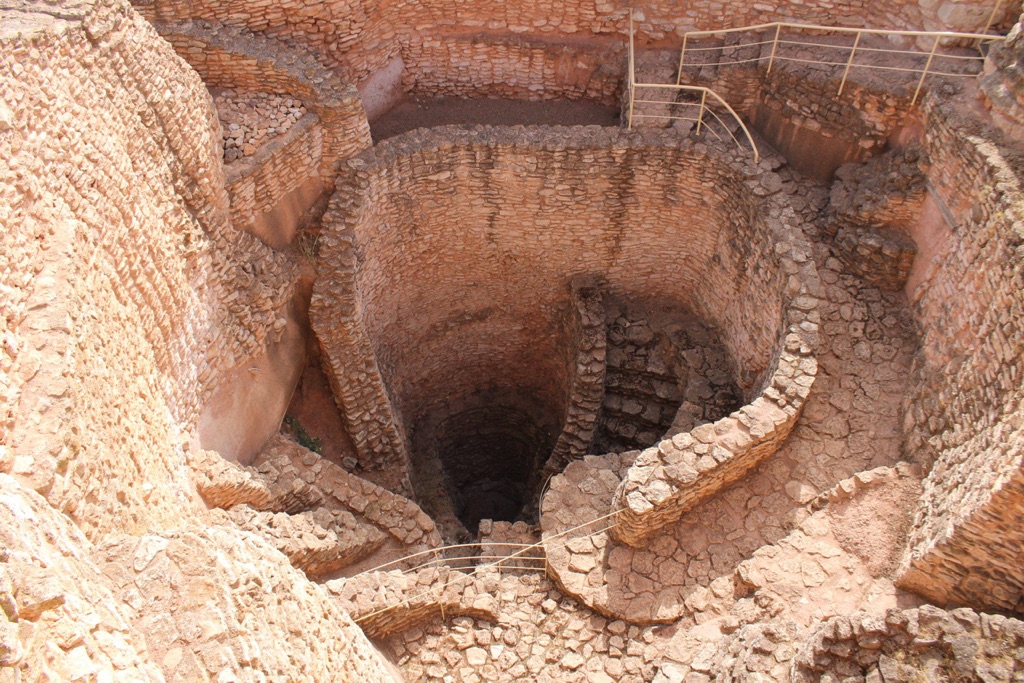
It looks like a “primitive” castle. 🏰 Advanced techniques could have actually been typical of the day and perhaps we underestimate what our ancestors could achieve.
2023 Nov 17
I think we should dig down building an Egyptian pyramid “copycat” structure to encapsulate it throughout imminent weather storms during the ages to come?
I really do love to see things like that but I have got to ask isn’t there any video clips taken from inside available please ?